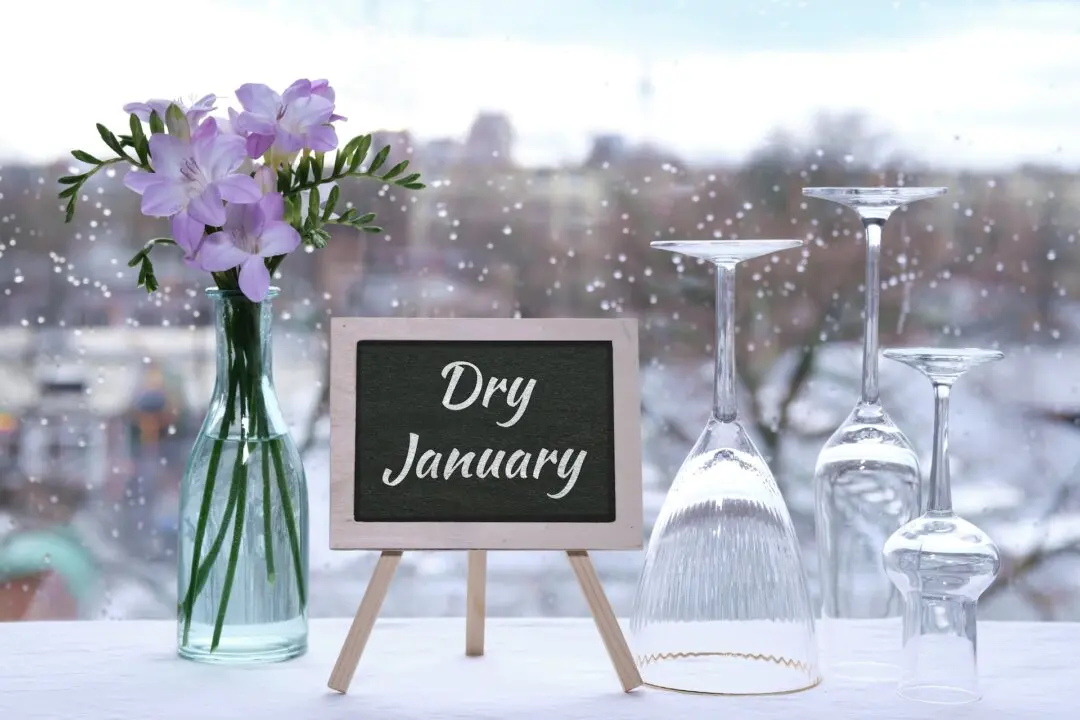Wineries around the world are struggling to cope with consumers who are ignoring wine in favor of alternative beverages.
Sales of wine around the world have declined precipitously, and it may be years before the industry recovers. Wine companies now face some daunting problems that can only get worse.





